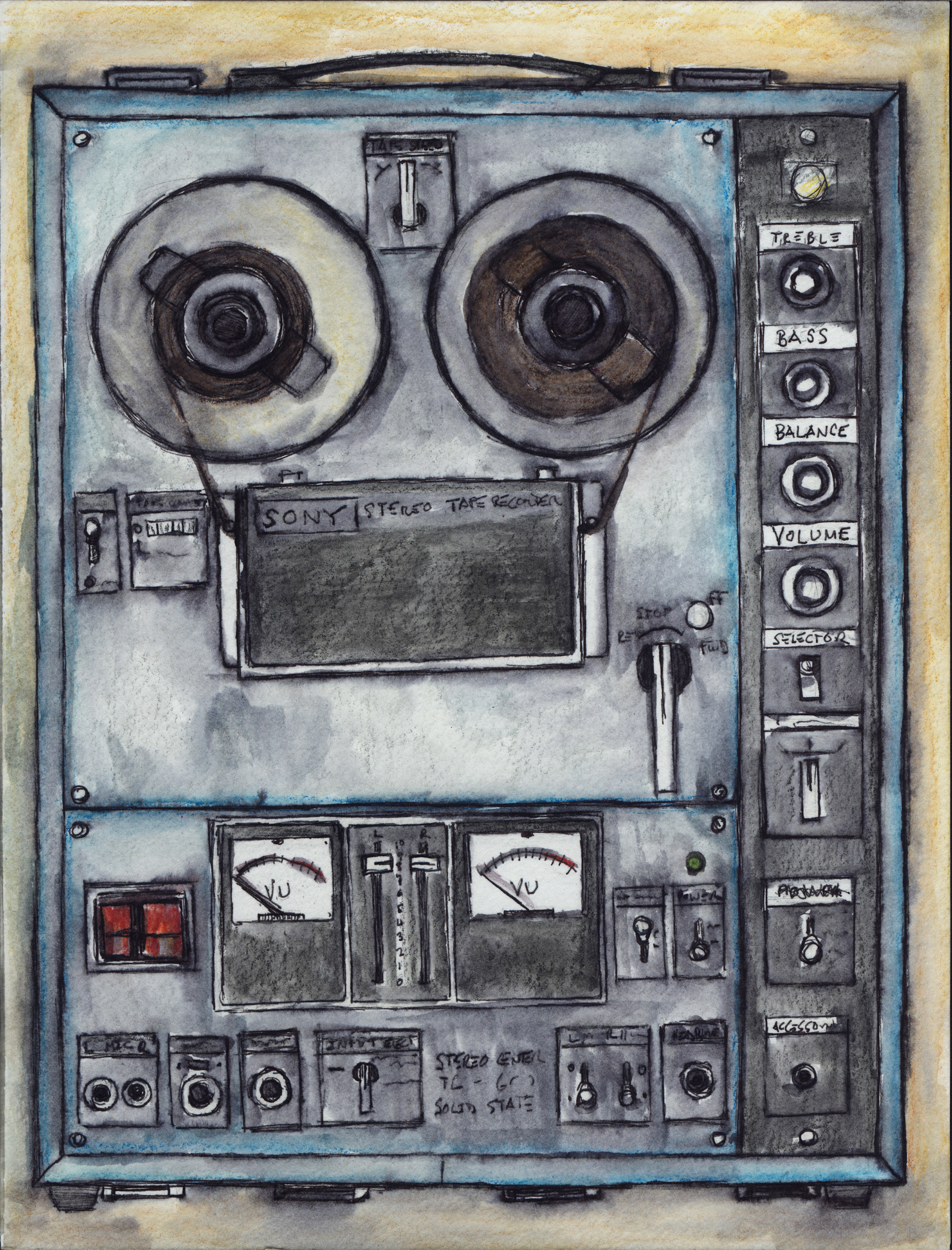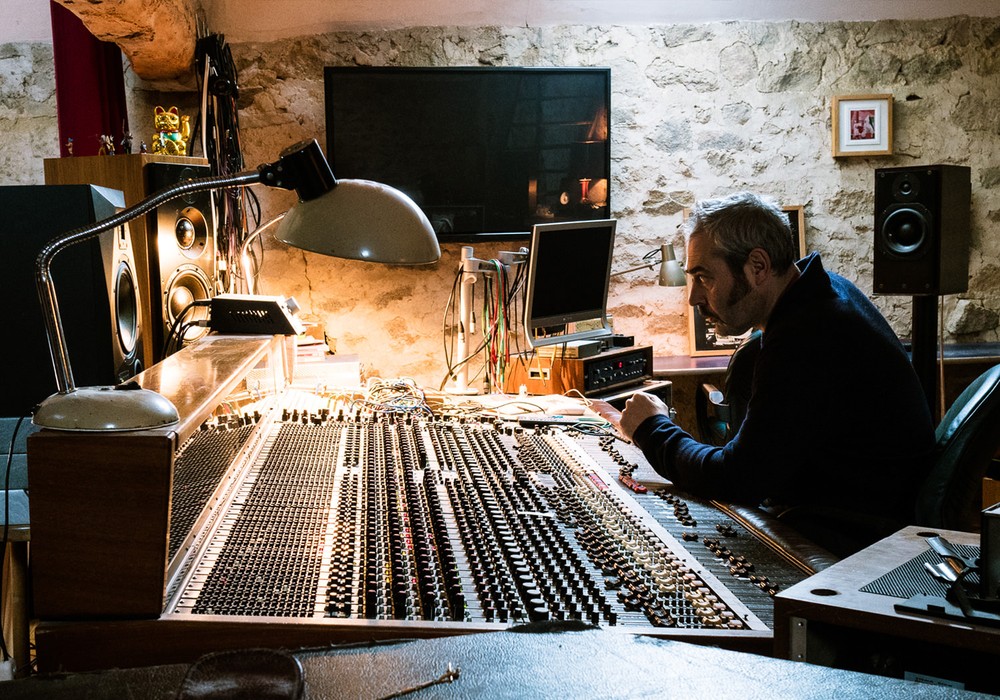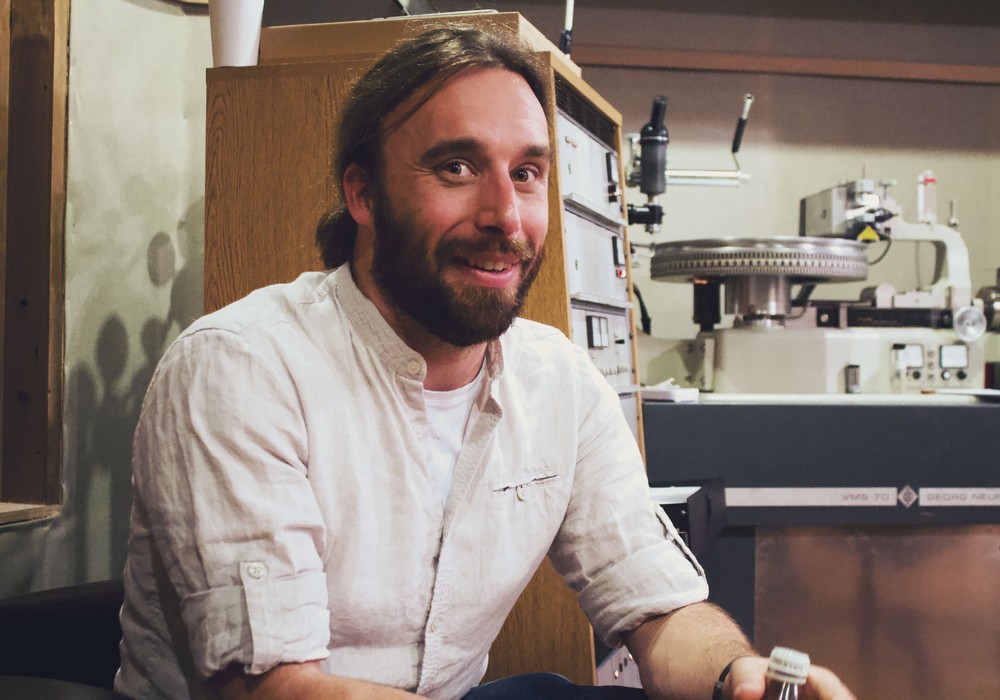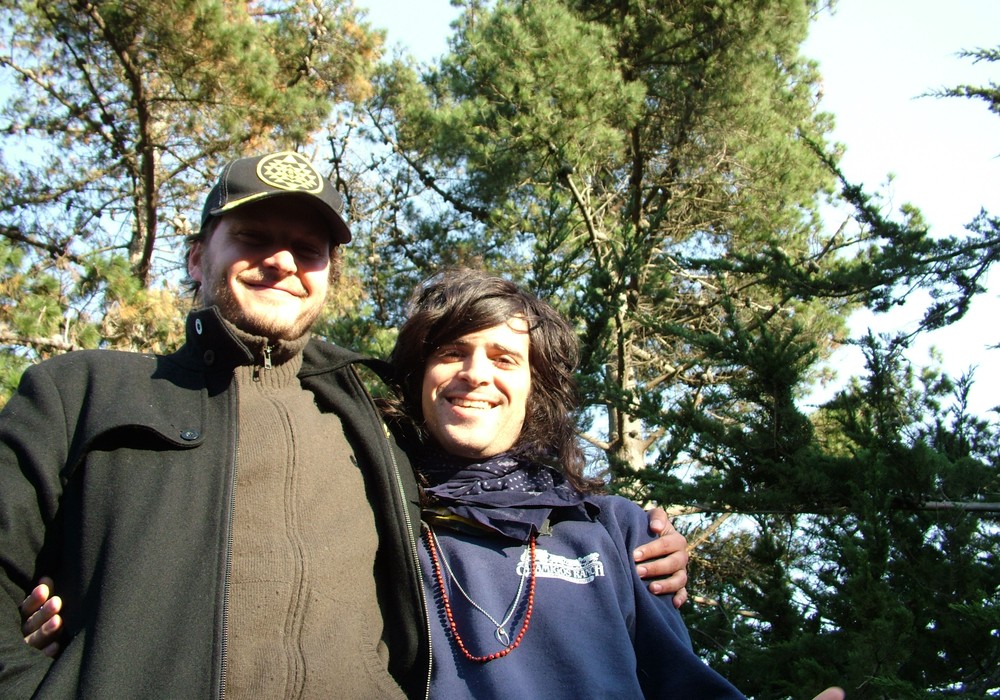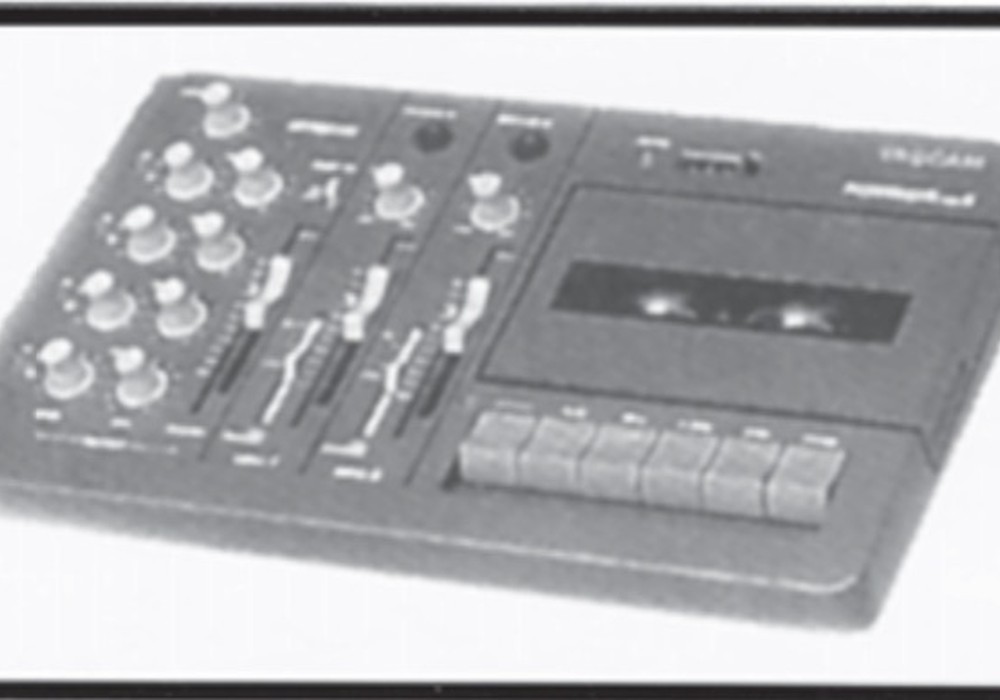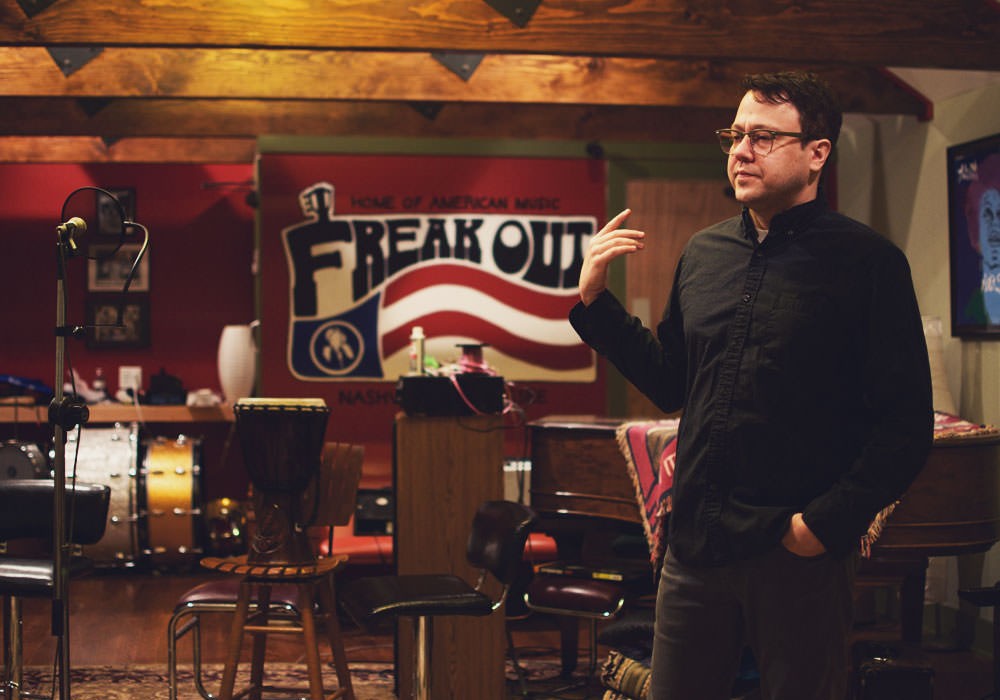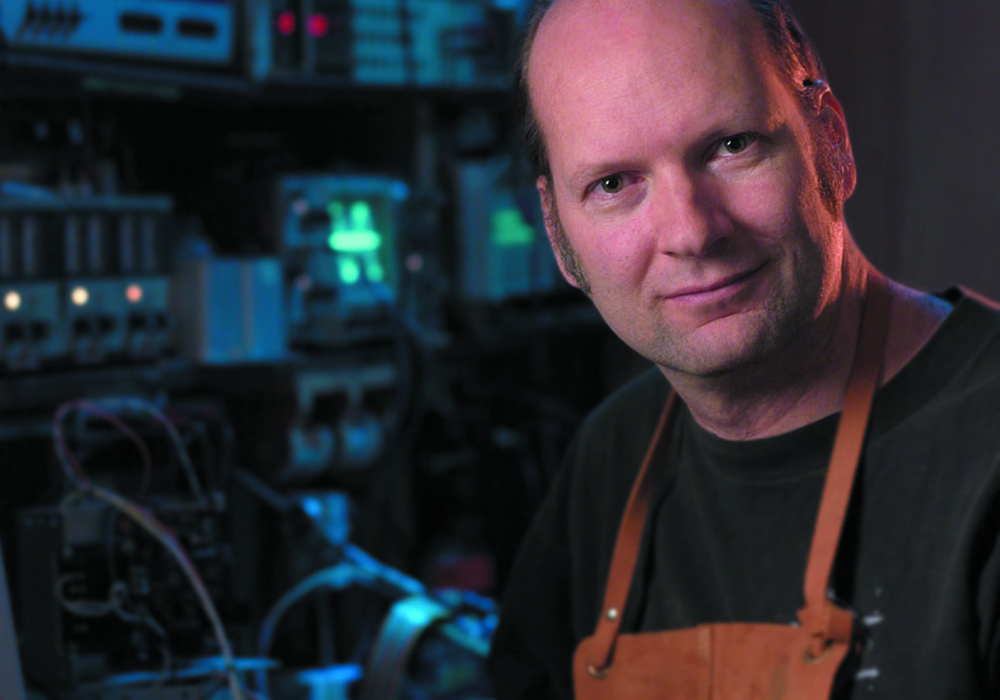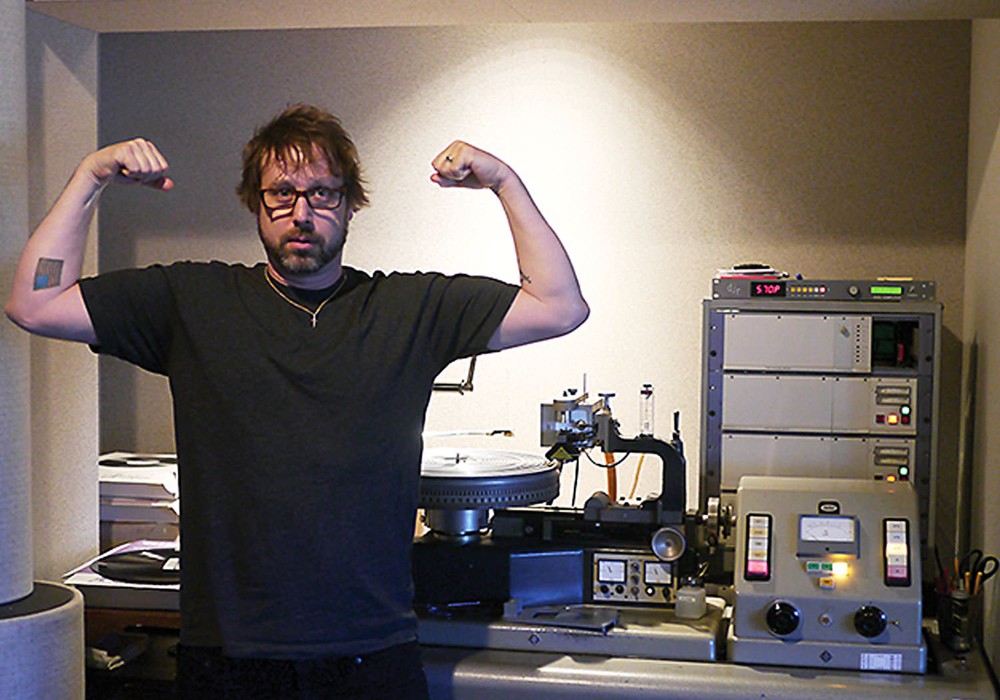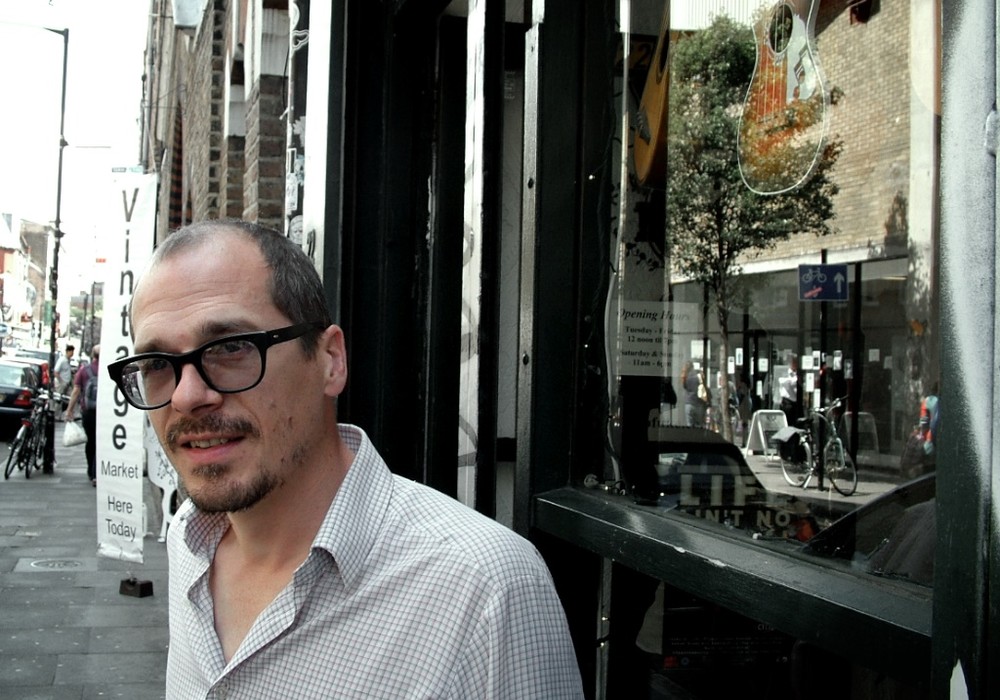Tindersticks' recording journey began over two decades ago, in a kitchen in Kilburn, London, where the band made demo recordings for their debut album (by the same name). These days the band's creative meeting place is Le Chien Chanceux, a studio located in the 200 year-old converted barn behind the home of vocalist/guitarist Stuart Staples in Limousin, France. The bulk of the band's 2016 album, The Waiting Room, was recorded there and features brass arrangements by longtime collaborator Julian Siegel, a guest vocal from Jehnny Beth of the band Savages, and a poignant duet with the late Lhasa de Sela. A visual companion, The Waiting Room Film Project , features short film interpretations of each album track by several directors, including Claire Denis. The tour includes a number of cine-concerts with the band performing the songs live to the projected films. Stuart Staples spoke with me about this ambitious project, his studio, and how the band makes and records their music.
How did the collaborative film project for The Waiting Room come about?
I was invited to be on the jury of the experimental section at the Clermont-Ferrand International Short Film Festival. This was long before we were making the record, and I thought there would be a time frame to make an album, as well as collaborate with filmmakers. The album started to exist in sketch form at the end of 2014. At that point the conversation started with festivals, and we began to pair directors with songs we thought would be right for them. The album mixing finished in June [2015], and the films were ready by September. It gradually worked out, but it could have stopped and fallen any step of the way.
Did knowing the songs would be visually interpreted influence how you made The Waiting Room album?
I think the album is part of our line of work. We are not thinking about images when we are writing, arranging, and recording. It's the music that's given to the filmmakers. It's a side project that's been rewarding to be involved in, but I wouldn't want these songs always shackled to these images.
What was your collaboration with Julian Siegel like for the brass arrangements? Was there dialogue that influenced what you and the band played?
The relationship with Julian is a growing relationship. He played bass clarinet on The Something Rain [2012] and put together brass sections for Across Six Leap Years [2013], our retrospective record we made at Abbey Road [Studios]. For The Waiting Room there was a point where we had this song "Help Yourself" and we didn't know where it was taking us. It was so different to songs we'd written in the past. I said to Julian, "Why don't you just do whatever you feel on this song. We can listen to it afterwards and see what happens." He did this great brass arrangement, and that led on to the conversation for "Second Chance Man." That was very much a conversation between myself and him about the album, and the voice that the brass had within it.
Were the songs featuring Jehnny Beth of Savages and Lhasa De Sela written with them in mind?
No, they are very different stories. Jehnny Beth and I were both guest singers at a concert in London for an evening of music from David Lynch films [In Dreams: David Lynch Revisited]. I was working on the song "We Are Dreamers" and was talking to Julian about what the brass arrangement needed in the second half. I heard Jehnny Beth sing live for the first time and it was, "Okay, this is the color and feeling that this song needs." I was fortunate enough to give her the song and she liked it; she understood it, and she gave herself to it. That finished the arrangement for me. For "Hey Lucinda," I had a weekend singing it together with Lhasa, who was a great friend of mine. After that she became ill and we lost her, and I had to put the song away for a long time. When I went back to it I heard it in a very different way. It was very much a moment in time.

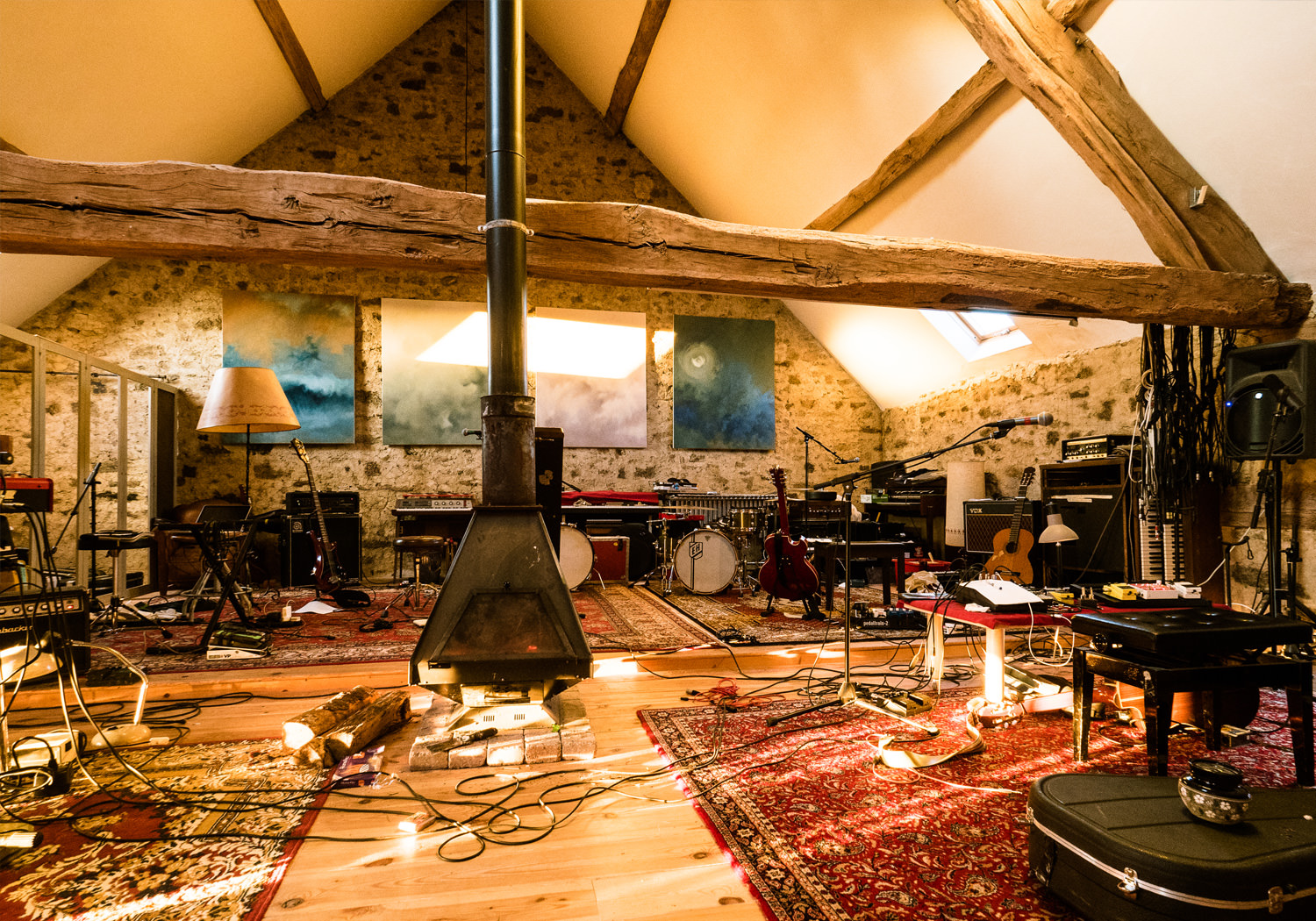
"Hey Lucinda" is a standout song to me. The conversation between the characters really comes across. Were the vocals cut simultaneously live?
We had an evening in the studio in Montreal, and we sang it together. When I wrote "Hey Lucinda" it was exciting, because it broke down structural barriers that I'd felt in duets before. In the past I felt as though I was fitting the conversation into a song format, whereas with "Hey Lucinda" I found a way for the song to follow the conversation. It was a breakthrough moment; but I struggled with how to arrange it, and how to approach the recording of it. I was thinking about it in too linear of a fashion. When I went...
